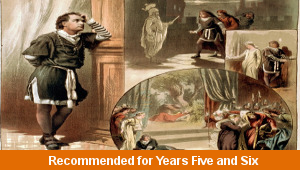Home > Key Stage Two > Music > Rain Rhythms
Lesson Three – Changing Tempo

This music teaching pack for Key Stage Two gets the children to compose and perform a selection of different four beat rhythm patterns at a range of quick and slow tempos to represent what is happening in the weather.
The class can practise using both beats and rests in their rhythm patterns to illustrate how the rain might fall in different ways such as drizzle or showers.
Download this teaching pack including a lesson plan, classroom activities and an interactive presentation to compose and perform a selection of different four beat rhythm patterns at a range of quick and slow tempos to represent what is happening in the weather
Activities in this teaching pack include display posters to identify and perform a selection of rhythm patterns at different tempos, a worksheet to perform some different rhythm patterns at a range of quick and slow tempos and a template to record a selection of rhythm patterns to represent the rain at a range of tempos.
The interactive presentation gets the children to explore how to perform a selection of different four beat rhythm patterns at a range of quick and slow tempos.
This lesson is part of a music scheme of work to get the children to practise composing and performing four beat rhythm patterns to reflect ideas and expressions illustrating the weather. There are teaching activities for shared learning, differentiated worksheets to support independent learning and interactive presentations to introduce concepts and key skills.
-

3D Shape Labels
Identify and record how to label models and illustrations of some different 3D shapes to indicate their special properties
-

Adventure Plays
practise composing and performing play scripts using the correct structure and format to illustrate adventures to different locations
-

Shakespeare Plays
Investigate the structure and format of different scenes extracted from plays by William Shakespeare to use for drama performances
-

Greek Myths
Practise composing narrative stories to illustrate the structure and format of myths based on culture and traditions from Ancient Greece
